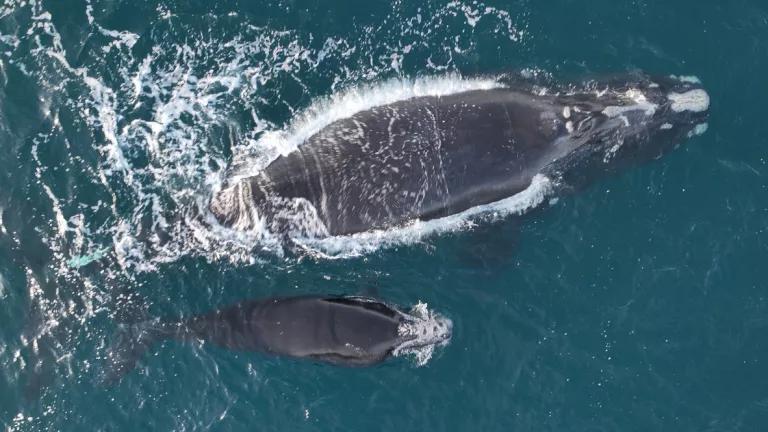How do you count coyotes? New study reveals lack of economic accountability at Wildlife Services
As people are becoming increasingly aware, buried within the federal government lies an obscure agency known by the deceptive name “Wildlife Services.” Every year, Wildlife Services spends tens of millions of dollars shooting, poisoning, and trapping wolves, coyotes, mountain lions, bears, river otters, badgers, and other wildlife across the country. How does Wildlife Services justify its actions?
Well, to a large extent, the agency argues that the “services” it provides are cost effective, that is that its actions result in greater economic benefits to society than costs. This is a crucial argument for Wildlife Services, because it’s your tax dollars and mine that the agency is spending—often in order to directly benefit private businesses such as dairy farms, ranches, and timber operations. And yet, according to the General Accounting Office, there has never been an independent review of the cost-benefit analysis Wildlife Services uses to justify its actions.
In a new NRDC report, Fuzzy Math, Dr. John Loomis, a Professor at Colorado State University’s Department of Agricultural and Resource Economics, produces a first-of-its-kind evaluation of the agency’s cost-benefit analysis. I think it’s fair to say that the results are not pretty. Here is the bottom line:
- Wildlife Services lacks regulations, guidance documents, or handbooks to assist its employees in conducting cost-benefit analysis.
- What analysis the agency has produced is often inconsistent with the standards used by most federal agencies. And some of the studies the agency relies on contain basic errors, such as the inappropriate use of “multiplier effects”; omitting lost opportunity costs from its analysis; and improperly relying on expenditures as a measure of benefits.
- Wildlife Services frequently fails to quantify the economic benefits of predators, including the substantial ecological services many predators provide. In fact, the economic analysis Wildlife Services produces or relies often treats the economic benefits of predators as essentially zero.
- At the same time, the agency systematically overstates the benefits of its activities, particularly killing predators to boost game herds for hunters, by using inappropriate measures, such as the sum of hunting license fees and hunter expenditures as a measure of benefits.
Our report lays out ten recommendations that the agency could adopt to improve its economic analysis. What would that analysis, done correctly, show? The answer to that question is crucial if Wildlife Services, and the clients it serves, want the American taxpayer to keep shelling out money to pay for its lethal activities.




